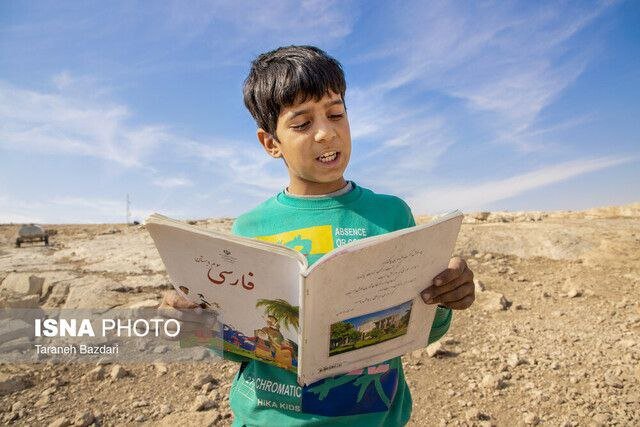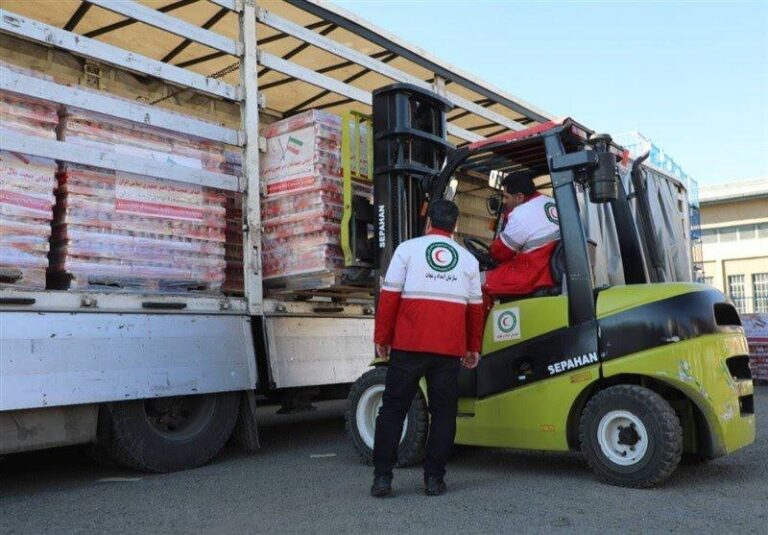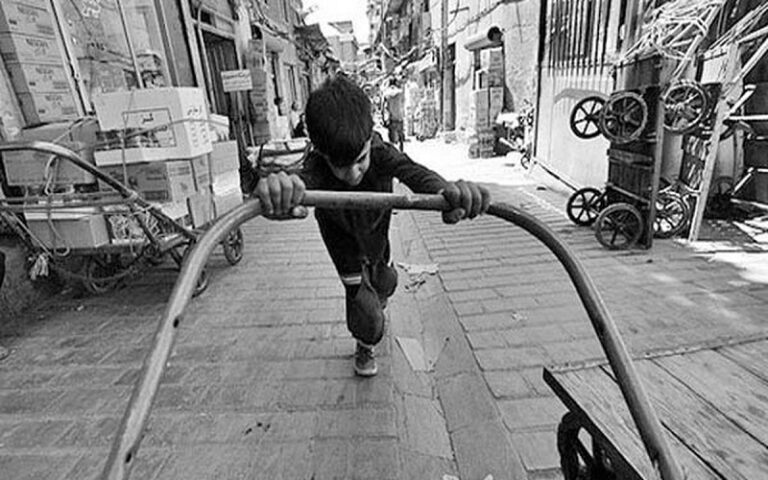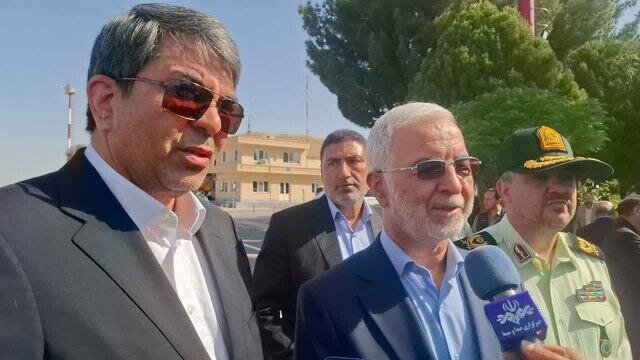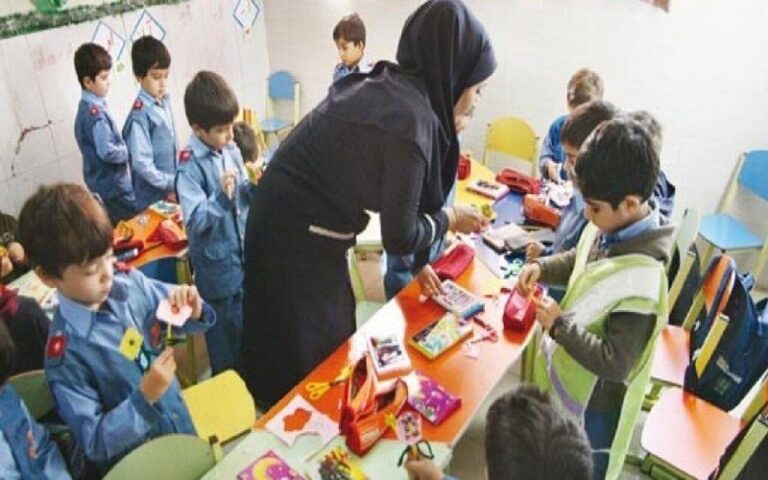School Dropout Rates Plummet: A Two-Year Trend of Improvement!
In a recent report from the Ministry of Education, significant changes in the dropout rate in Iran have been highlighted, revealing a decline from 1.97 percent in the Iranian year 1401 (2022-2023) to 1.65 percent in 1403 (2024-2025). This drop in the dropout rate is a crucial indicator of the challenges and progress within the Iranian educational system.
The statistics for the academic year 1401-1402 (September 2022 – June 2023) showed that a total of 287,617 children dropped out of school. This figure can be broken down into the following categories:
- Primary School: 0.97 percent (87,544 students)
- Lower Secondary School: 4.09 percent (149,288 students)
- Upper Secondary School: 2.59 percent (50,785 students)
In the subsequent academic year, the dropout rate decreased to 1.65 percent, accounting for 247,242 children in total. This also included:
- Primary School: 0.91 percent (84,001 students)
- Lower Secondary School: 3.47 percent (130,432 students)
- Upper Secondary School: 1.65 percent (32,809 students)
However, during this same period, the number of out-of-school students increased from 902,188 to 928,729. The breakdown of out-of-school children in the academic year 1401-1402 was as follows:
- Primary School: 156,835
- Lower Secondary School: 195,568
- Upper Secondary School: 549,785
In the next academic year (September 2023 – June 2024), the out-of-school children rose to 928,729, categorized as:
- Primary School: 171,992
- Lower Secondary School: 198,109
- Upper Secondary School: 558,628
Out-of-school students are defined as those who have not enrolled in a school year, which includes children who may have passed away, those who have immigrated, or those who suffer from severe mental retardation.
When comparing current figures to previous decades, the educational coverage index in Iran—especially in primary schools—has seen improvement, reaching nearly 98 percent. Nonetheless, the persistent numbers of dropouts and out-of-school students suggest that there is still work to be done in achieving literacy goals fully.
Educational Equity: A Fundamental Goal
In December 2024, President Masoud Pezeshkian emphasized the administration’s commitment to reforming the education system, ensuring that no student is deprived of their right to quality education. He highlighted that educational equity is not just a slogan but a fundamental goal that must be pursued actively.
Pezeshkian pointed out the unacceptable disparity in education quality, stating that students in public schools located in underprivileged areas should not be at a disadvantage compared to those in private schools that have access to better resources. He advocated for providing vocational training alongside traditional education as a critical aspect of improving educational methods, enabling youth to acquire necessary skills for their future careers.
Addressing infrastructural challenges, the president declared, “We will overcome all school construction challenges within a year.” A major objective is to transform public schools into exemplary models of education.
The president called upon governors and all executive officials to collaborate on a national initiative aimed at promoting equity in educational facilities within a defined timeframe. He also stressed the importance of public involvement, stating that it is essential to engage citizens in the national plan for building schools and creating adequate sports and recreational spaces for extracurricular activities.
Pezeshkian further underlined the necessity of taking action rather than merely delivering speeches. His administration has made it a priority to address the shortage of educational spaces, particularly in underserved areas across the nation, aiming for resolution within the coming year.
This initiative reflects a broader commitment to enhancing the educational landscape in Iran, ensuring that all children have access to quality education, regardless of their socioeconomic background.
As these educational reforms unfold, the hope is that the decrease in dropout rates and the focus on equity will lead to a brighter future for Iranian students, fostering a generation equipped with the knowledge and skills necessary to thrive.
